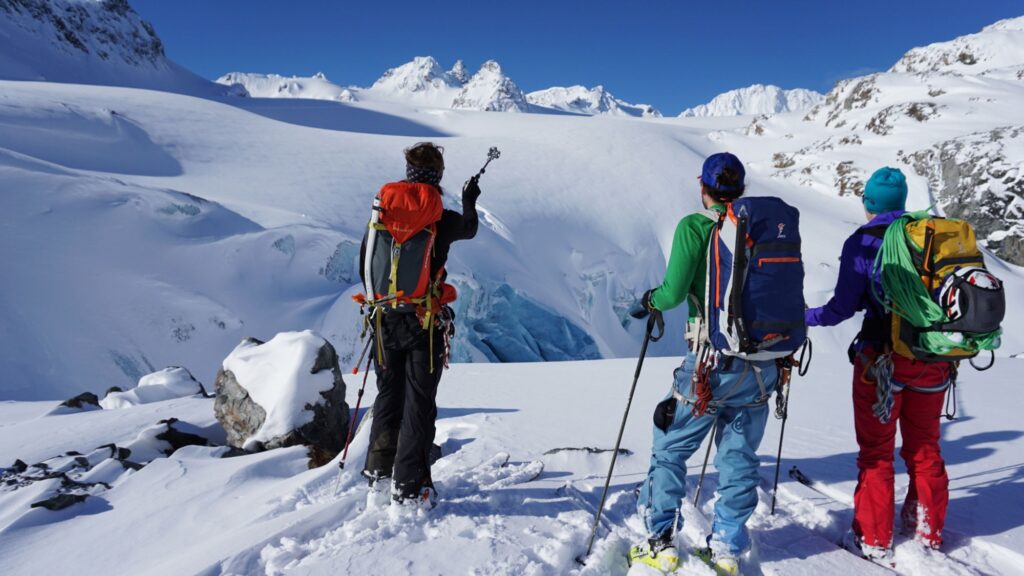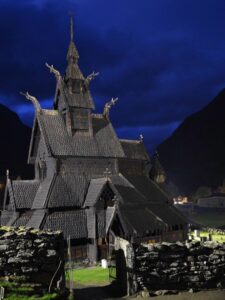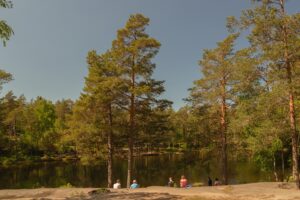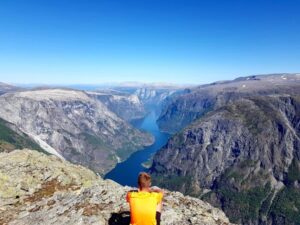Trekking in the Lyngen Alps: A Nordic Adventure
Nestled in the northern reaches of Norway, the Lyngen Alps offer a breathtaking backdrop for trekking enthusiasts. Known for their dramatic peaks and pristine landscapes, these mountains provide a unique blend of adventure and tranquility. Whether you’re an experienced trekker or a nature lover seeking a new experience, the Lyngen Alps promise an unforgettable journey.
What to See
The Lyngen Alps are a visual feast, with jagged peaks, deep fjords, and expansive glaciers. One of the highlights is the Lyngenfjord, a stunning waterway that cuts through the landscape, offering panoramic views of the surrounding mountains. The area is also home to the Strupbreen Glacier, a must-see for its sheer size and beauty. As you trek, keep an eye out for the diverse wildlife, including reindeer and sea eagles, which add to the region’s allure. The Northern Lights, visible from late autumn to early spring, provide a magical spectacle that enhances the trekking experience.
A Bit of History and Interesting Facts
The Lyngen Alps have a rich history, with traces of human activity dating back thousands of years. The indigenous Sami people have long inhabited the region, and their cultural influence is still evident today. During World War II, the area was strategically significant, and remnants of military installations can still be found. An interesting fact about the Lyngen Alps is their geological composition; they are primarily made of gneiss and granite, which contributes to their rugged appearance. The mountains are relatively young in geological terms, having formed around 400 million years ago.
Getting There and Tips for First-Time Visitors
Reaching the Lyngen Alps is relatively straightforward. The nearest major city is Tromsø, which is well-connected by air to other parts of Norway and Europe. From Tromsø, you can take a bus or rent a car to reach the Lyngen Peninsula. The journey offers scenic views and takes about two to three hours. For first-time visitors, it’s important to prepare for the weather, which can be unpredictable. Layered clothing, sturdy hiking boots, and a good map or GPS device are essential. Local guides are available and recommended for those unfamiliar with the terrain. Additionally, respecting the natural environment and local customs will ensure a positive experience.








